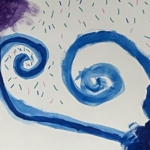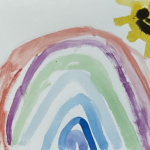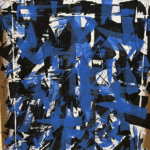Art Therapy Strengthens Families
Julie Riley is a licensed therapist who has a unique way of building relationships with families: art therapy. She has held sessions with Arms Wide’s Post Adoption and Post Permanency Programs and incorporates art in her own practice as a licensed counselor. In this spotlight, Julie shares her perspective of how art therapy strengthens families.
What is Art Therapy?
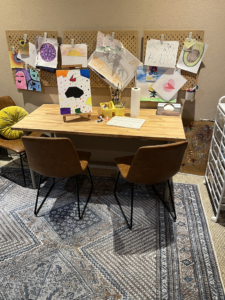
Art has the power to communicate in ways that words do not. The purpose of art therapy is to facilitate emotional expression and human connection.
“When you minimize reliance of words, it allows people to see emotions in different ways,” Julie shared.
Whether painting or sculpting, making art gives people something creative to do with their hands. This kind of creative expression often helps people open up and talk about their feelings. As Julie said, “art therapy is just one tool in my mental health approach that I use to break down communication barriers.”
Art Therapy in Family Counseling
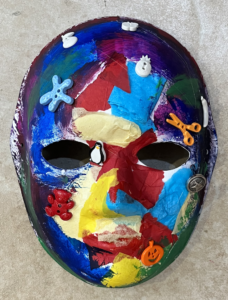 Julie uses art therapy in the family setting to align with the family’s therapeutic goals. “If the goal is to become more comfortable with each other, we might create a piece of art together.”
Julie uses art therapy in the family setting to align with the family’s therapeutic goals. “If the goal is to become more comfortable with each other, we might create a piece of art together.”
“Art helps people process thoughts,” Julie shared.
Therefore, one activity she has used is to have families create a box of wishes to share in the safe space of the therapy room. This can allow parents to see things kids are struggling with that they haven’t heard before.
In the family setting, Julie’s role is to watch how families are sharing and see how the family dynamics come through in a nonverbal situation. “When making art, children can see their parents not be experts at something,” Julie said. “There is a change in power dynamic and hierarchy in that moment.”
Painting with a Twist at Arms Wide
Julie got involved with Arms Wide through a family friend, who used to work on staff. She started by volunteering with the Post Adoption support group. Eventually, she began her own private practice working with Arms Wide families. Over the years, she has continued working with the Family Preservation Post Adoption support group.
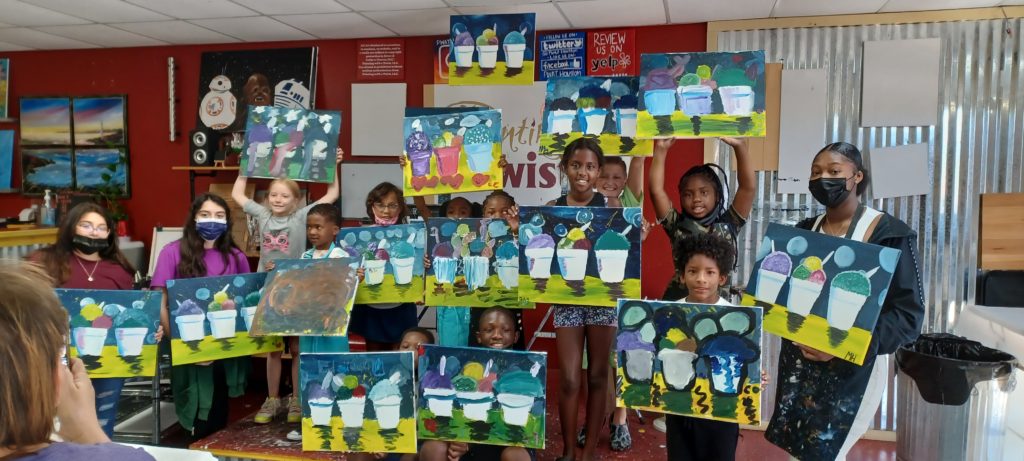
Recently, Julie joined families at Painting with a Twist for an afternoon of family art-making. At this event, her role was to support families in following the Painting with a Twist leaders, as well as lead a parent discussion on how to use art to build relationships when talking just isn’t working.
“I encouraged parents and their kids to have fun and not worry about what it was going to look like—to connect with the process of the art-making and not the product.”
In this setting, families learn that it’s okay to make mistakes. It was even an opportunity for kids to step up and help parents and all problem solve together.
Art Therapy: Thinking Outside the Box
Julie credits art therapy with helping her think outside the box professionally. “As an art therapist, I feel more flexible to look for different solutions and meanings, even in a talk therapy session,” Julie shared.
“With trauma, there’s no one-size-fits-all solution: you have to be flexible and creative.”
One of the biggest impacts of art therapy is that it helps families find different ways to communicate and connect. Just like in art, there is no rulebook for family communication; sometimes you have to think outside the box to find what works for your family.
